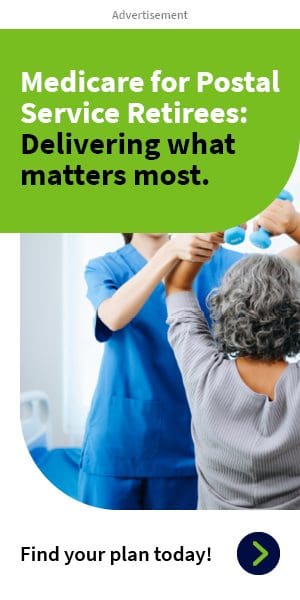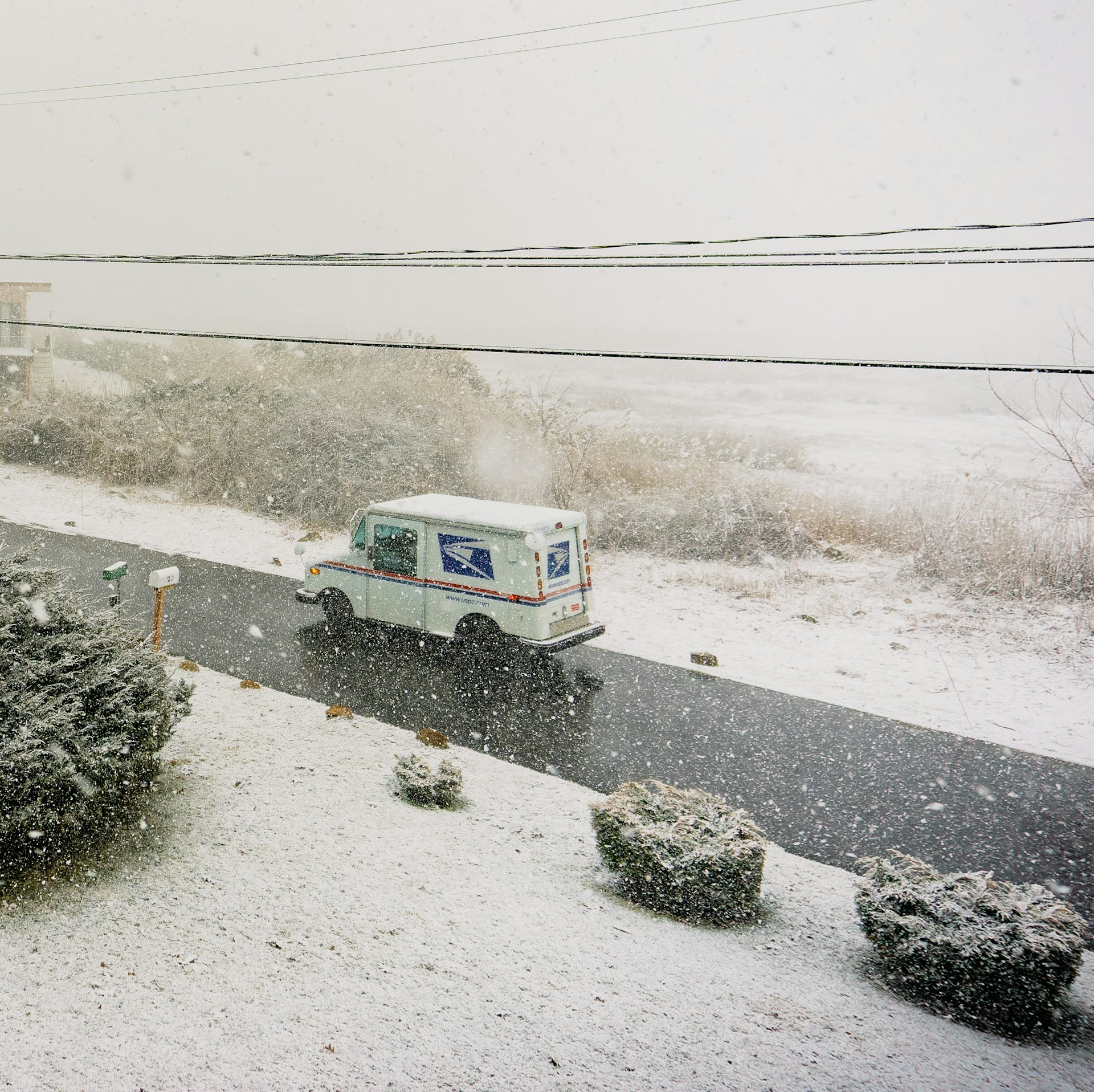Key Takeaways
-
The PSHB Open Season only runs from November to December each year, and missing this timeframe could result in loss of coverage or forced auto-enrollment.
-
Special rules apply for annuitants, Medicare-eligible individuals, and employees with unique circumstances, so understanding the deadlines is critical.
Why the Enrollment Period Matters More Than Ever
The Postal Service Health Benefits (PSHB) program replaces FEHB for USPS employees and retirees starting in 2025. This transition introduces a tighter enrollment timeline, new Medicare-related requirements, and stricter eligibility conditions.
If you think you can update or change your plan at any time, or assume that retirement automatically ensures continued coverage, think again. Your ability to elect, keep, or modify your PSHB plan depends heavily on acting during a short enrollment window or qualifying for a Special Enrollment Period (SEP).
2025 Open Season Timeline: What You Need to Know
The standard PSHB enrollment period, called Open Season, happens once a year. For 2025, Open Season occurs from early November through mid-December. This is the only regular opportunity to:
-
Enroll in a PSHB plan if you’re newly eligible.
-
Switch from one PSHB plan to another.
-
Change your enrollment type (e.g., from Self Only to Self Plus One).
-
Cancel or decline coverage.
Outside of Open Season, changes are only allowed under a Qualifying Life Event (QLE) or if you meet SEP conditions.
Who Must Act During Open Season
You must take action during Open Season if you fall into any of the following categories:
-
You are a current USPS employee who wishes to switch plans.
-
You are a USPS retiree eligible for PSHB but not automatically enrolled.
-
You are turning 65 and becoming eligible for Medicare.
-
You are a family member eligible under a spouse’s plan and need to ensure continued coverage.
What Happens If You Do Nothing
If you’re already enrolled in FEHB as a USPS employee or annuitant, and you take no action during Open Season, you may be automatically enrolled into a corresponding PSHB plan. This may sound convenient, but it can have consequences:
-
You may be placed in a plan that does not match your healthcare needs.
-
You could be defaulted into a more expensive tier or enrollment type.
-
You might lose prescription drug coverage if you’re Medicare-eligible and don’t comply with Part B requirements.
Being auto-enrolled also removes your ability to compare plans, evaluate benefits, or lower your premium through a smarter choice.
Special Enrollment Periods (SEPs): Limited But Vital Options
SEPs are time-limited opportunities to enroll or make changes outside of Open Season. Common events that qualify include:
-
Losing other health coverage
-
Moving to a new location that affects plan availability
-
Marriage or divorce
-
Death of a family member
-
Becoming newly eligible for Medicare
In 2024, a one-time SEP was available from April 1 to September 30 for Medicare-eligible Postal retirees to enroll in Medicare Part B and preserve their PSHB eligibility. In 2025, the SEP framework still applies, but only certain qualifying events trigger a new window.
To use an SEP, you must act within 60 days of the qualifying event in most cases. Failing to act on time means you’ll have to wait until the next Open Season—potentially risking coverage gaps.
Medicare Part B Enrollment Impacts Your PSHB Coverage
A key PSHB requirement for many retirees is Medicare Part B enrollment. If you are Medicare-eligible and fall into one of the mandated groups, you must:
-
Enroll in Medicare Part B to keep your full PSHB plan benefits.
-
Maintain continuous Medicare Part B enrollment.
You Must Enroll in Medicare Part B If:
-
You retired after January 1, 2025, and are eligible for Medicare.
-
You are the family member of a Medicare-eligible USPS retiree.
-
You are a Medicare-eligible dependent currently covered under a PSHB plan.
Failing to enroll may result in the loss of PSHB prescription drug coverage under the plan’s integrated Medicare Part D.
Exceptions to the Medicare Part B Requirement
Some individuals are exempt, including:
-
Those who retired on or before January 1, 2025.
-
Employees aged 64 or older as of January 1, 2025.
-
Individuals with Veterans Affairs or Indian Health Services coverage.
-
Residents living outside the United States.
Even if you’re exempt, you may want to consider enrolling in Medicare Part B to reduce your cost-sharing within your PSHB plan.
Retiring Soon? Your Enrollment Window May Shrink
If you’re planning to retire in 2025 or later, the timing of your retirement affects your enrollment window. You must:
-
Have been continuously enrolled in FEHB (now PSHB) for the five years before retirement.
-
Ensure that you make any changes to your PSHB plan before your retirement date or during the next Open Season.
Missing this window could mean you retire with a plan that doesn’t suit your needs—or worse, with no continuing coverage at all.
What to Do If You Miss Open Season
If you didn’t act during Open Season and don’t qualify for an SEP, your options are limited:
-
Wait until the next Open Season in November 2025.
-
Maintain your current plan, assuming you were auto-enrolled.
-
Accept that you cannot change your enrollment type or add eligible family members until Open Season or a new QLE arises.
In critical situations—like if you’ve lost other coverage—contact your HR shared services center or the PSHB Navigator Help Line to see if an SEP applies to you.
Communication and Planning Are Key
You’ll receive notifications in advance of Open Season, but it’s still your responsibility to:
-
Review your current PSHB plan annually.
-
Compare it with other available options.
-
Confirm your Medicare enrollment status.
-
Act promptly within deadlines.
Failure to do so can lead to:
-
Increased premiums
-
Loss of prescription drug coverage
-
Denied claims due to ineligibility
-
Coverage gaps for dependents
Summary: Deadlines Drive PSHB Access
The PSHB system is structured around strict timelines. Unlike past years with more flexibility under FEHB, 2025 introduces tighter controls and higher stakes for USPS employees and retirees.
To keep your health coverage active and aligned with your needs, act during Open Season or an SEP. If you’re unsure where you stand, or which deadlines apply to you or your dependents, speak with a licensed agent listed on this website. They can help ensure you don’t miss a critical enrollment window.









